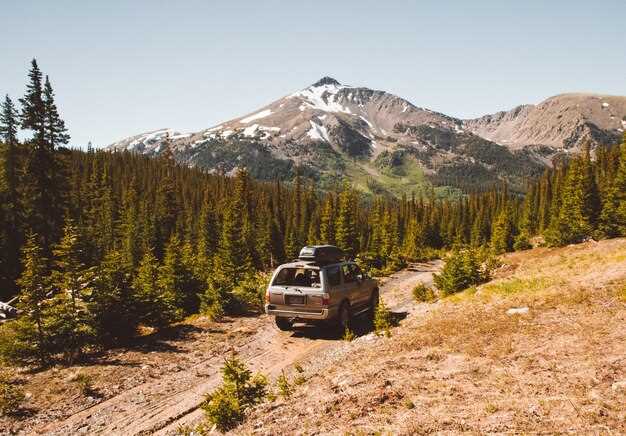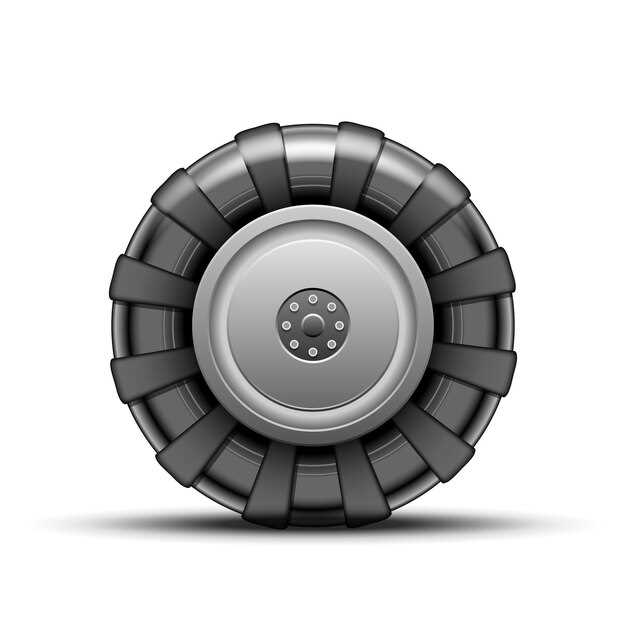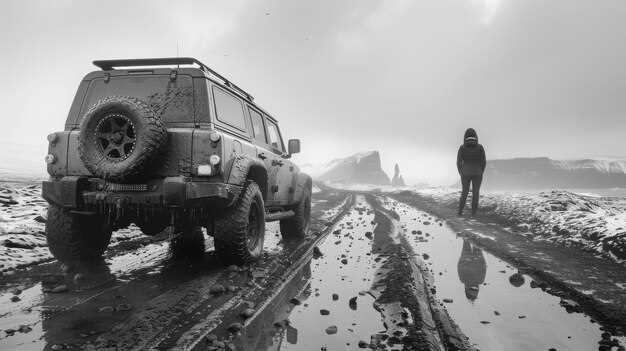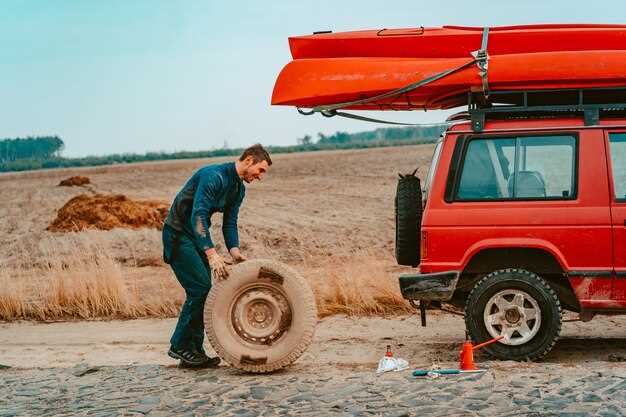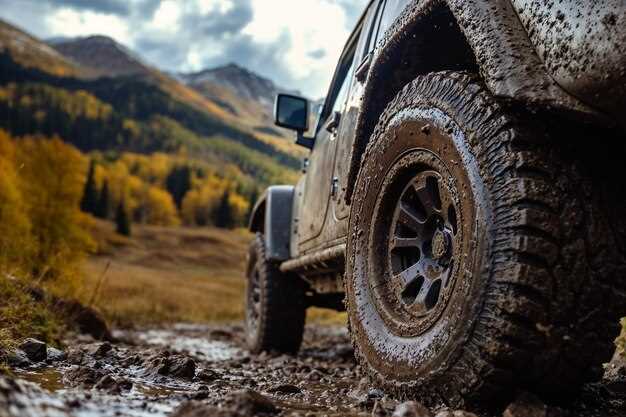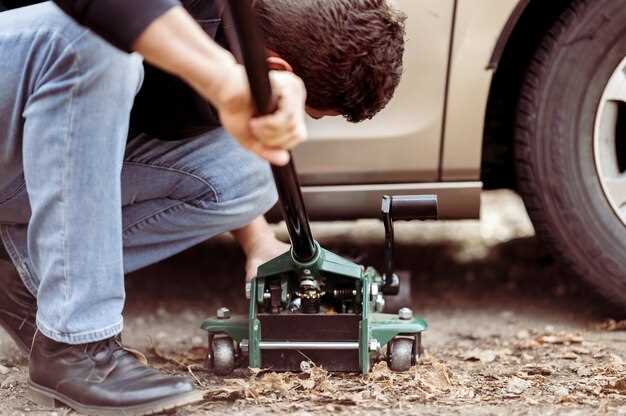
When venturing off the beaten path, the thrill of adventure often comes with inherent risks, particularly to your vehicle’s undercarriage. The undercarriage is a vital component, housing critical systems such as the suspension, exhaust, and fuel tank. Ensuring its protection is essential to both your vehicle’s performance and safety during off-road excursions.
Off-roading can expose your vehicle to harsh terrains, including rocks, mud, and uneven surfaces that may lead to significant damage if proper precautions are not taken. Understanding the potential hazards is the first step in safeguarding your undercarriage. Common issues include scrapes, punctures, and component failure, which can turn an exhilarating adventure into a costly repair ordeal.
Investing in protective measures is crucial for off-road enthusiasts. From skid plates to high-clearance modifications, there are various strategies you can implement to fortify your vehicle against terrain-induced damage. By prioritizing your undercarriage protection, you not only enhance your vehicle’s longevity but also ensure a more enjoyable and worry-free off-roading experience.
Choosing the Right Skid Plates for Your Vehicle
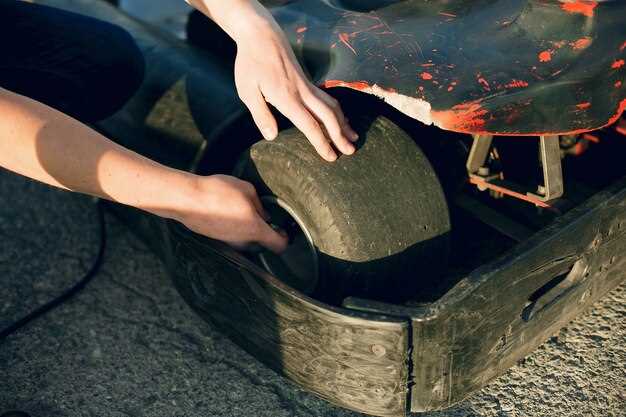
Selecting appropriate skid plates is crucial for off-roading enthusiasts who want to protect their vehicle’s undercarriage. When choosing skid plates, consider the following factors:
Material: Skid plates are commonly made from aluminum, steel, or composite materials. Aluminum is lightweight and resistant to corrosion, making it ideal for vehicles that require agility. Steel, on the other hand, offers superior protection against impacts but adds extra weight. Composite materials provide a balance between weight and durability, offering good protection while minimizing added weight.
Coverage: Assess the areas of your undercarriage that are most vulnerable to damage. Look for skid plates that offer complete coverage for critical components such as the oil pan, transmission, and transfer case. Tailored designs can ensure that all essential parts are shielded effectively.
Fit and Installation: It is vital to choose skid plates that fit your specific vehicle model. Poorly fitted plates can hinder performance and create additional damage. Many manufacturers offer vehicle-specific plates that are easier to install and provide the best protection. Check if the skid plates come with all necessary hardware and installation instructions.
Weight and Performance: Consider the weight of the skid plates in relation to your vehicle’s performance. While heavier materials may provide enhanced protection, excessive weight can reduce your vehicle’s efficiency and off-road capabilities. Strive for a balance between robust protection and maintainable performance.
Price and Warranty: Skid plates can vary widely in price. Set a budget, but remember that investing in high-quality materials may save you money in the long run by preventing damage to your vehicle. Additionally, consider purchasing from reputable manufacturers that offer warranties, ensuring your investment is protected against defects and wear.
Additional Features: Some skid plates come with extra features such as drainage holes for debris removal, reinforced edges for increased protection, or built-in mounting points for additional accessories. Evaluate if these enhancements align with your off-roading needs.
By considering these factors, you can make an informed choice when selecting skid plates for your vehicle, ensuring your undercarriage remains safeguarded against the rigors of off-roading.
Regular Inspection and Maintenance Tips for Off-Roading

Conducting regular inspections is essential to ensure the longevity and performance of your vehicle’s undercarriage when off-roading. Start by checking for any signs of damage, such as dents or scratches on the skid plates and differential housings. These components are crucial for protecting against rocks and debris.
Next, focus on the suspension system. Inspect for any loose bolts or damaged components, such as shocks or struts. Uneven wear on tires can also indicate suspension issues, so rotate and align your tires regularly to ensure even traction and handling.
Pay attention to the wheel wells and underbody for accumulated dirt and mud. Cleaning these areas prevents corrosion and allows for a thorough inspection of other components. Use a pressure washer to remove stubborn grime, but ensure sensitive areas, like brake components, are kept dry.
Check fluid levels regularly, including engine oil, transmission fluid, and differential oil. Fluid contamination can lead to severe mechanical failures, especially in extreme conditions. Replace fluids as needed, following the manufacturer’s recommendations.
Inspect all rubber components, such as bushings and seals, for cracks or wear. These parts are critical in maintaining the integrity of your vehicle’s performance on challenging terrains. Replace any worn components promptly to prevent further damage.
Before embarking on off-road adventures, ensure all lights and electrical systems are functioning correctly. Visibility and communication are vital for safety during night trips or in low-light conditions. Also, keep an emergency repair kit onboard, including essential tools and spare parts.
Finally, develop a regular maintenance schedule based on your off-roading frequency. Document inspections and repairs to create a comprehensive history of your vehicle’s condition, which will assist in identifying recurring issues and enhance overall reliability.
Techniques to Avoid Undercarriage Damage on Rough Terrain
When navigating rough terrain, safeguarding your vehicle’s undercarriage is essential. Here are several effective techniques to minimize the risk of damage.
First, choose the right line. Always assess the path ahead and opt for a route that avoids large rocks, deep ruts, and other obstacles that could cause trauma to the undercarriage. A slight change in your trajectory can prevent substantial harm.
Second, adjust your speed. Maintaining a slower, controlled pace allows for better maneuverability and greater reaction time when encountering hazards. Speed can exacerbate impacts and increase the likelihood of damage.
Third, employ appropriate tire pressure. Lowering tire pressure can enhance traction and provide additional cushioning when driving over jagged surfaces. However, ensure you reinflate the tires after your off-roading adventures to avoid tire damage on regular roads.
Fourth, utilize skid plates. Installing protective skid plates can shield vital components, such as the oil pan and transmission, from damage. These sturdy barriers can absorb impacts and prevent harmful contact with sharp or protruding objects.
Fifth, maintain a forward momentum. When climbing over obstacles, such as boulders or steep inclines, try to keep your vehicle moving forward rather than coming to a stop. This technique minimizes the risk of getting hung up and allows you to navigate obstacles more smoothly.
Lastly, be mindful of tire placement. Focus on where your tires land, ensuring they are positioned to minimize the potential for undercarriage contact. This approach requires a keen sense of spatial awareness and patience but can significantly reduce damage.
By implementing these techniques, off-road enthusiasts can better protect their vehicle’s undercarriage and enhance their overall off-roading experience.




















